KING COBRA POSE
YOGA ANATOMY • BIOMECHANICS • TECHNIQUE
KING COBRA
5 Key Actions to Decompress Your Spine in King Cobra Pose
Not all that glitters is gold, and without the right approach, this glorious backbend may not be a shining example of spinal health.
King Cobra is no doubt a visually stunning yoga posture. When we see the outward execution of the pose, we see strength and confidence, and the pose may even appear to express maximum spinal mobility. It’s important, however, to understand that there are key actions to take in order for all of these things to be true.
In this King Cobra tutorial, Matt provides a step-by-step process of these actions in order to emphasize the process and the development of the body to prepare for the posture, rather than emphasizing the “achievement” of the pose purely for the aesthetics.
ANATOMY IN MOTION
APRIL 2022 Immersion
- Embody anatomy
- Learn key muscles, bones, and joints
- Visualize your movements internally
- Improve proprioception
- Sensation-based practices
- Unlock and strengthen major muscle groups
- Active, passive, and isometric stretching
- Improve mobility and stability
- Get VERY geeky
$168.00
ANATOMY
The awareness of your anatomy is vital for you to understand each step. Understanding your anatomy helps you more clearly and intentionally connect with the sensations in your body, therefore cultivating a more direct line of communication from your brain to your body and from your body to your brain. The development of these signals will promote a more sophisticated body awareness that will help you activate the appropriate muscles (without overdoing it) and know exactly what directions not only to take but also to maintain in a particular part of your body as you layer on each action.
5 KEY ACTIONS FOR KING COBRA POSE
You might think that it’s all about your spine and how flexible and/or mobile it is. How we involve our entire body is key, and Matt provides the roadmap with the following 5 key actions to set up King Cobra.
- Bring the chest forward. In the first few attempts, it may feel as though not much is happening, but this is where the mind-body connection is developed.
- The second action, which may be overlooked, is pressing back through your heels while the feet are in dorsiflexion (this is also important later). Press your heels away from the direction of the chest. What does this do, and why is it important? This is the first step in both the awareness and the action of decompressing the spine. Creating this length is crucial as Matt guides us through the next steps:
*But let’s pause for a moment and check in with your abdominals–if you are engaging too much here, then this will reduce the amount of expansion in your extension for your backbend, so leaning into a stretch sensation in your front body is helpful. - Next on board are your hamstrings–once you bend your knees, you’ll be firing up and activating your hamstrings. This is how the dorsiflexion of your feet can be a great action to take as you build a relationship with how much and/or how little your hamstrings do activate. In the video, Matt explains that pointing the feet (plantar flexion) may cramp your hamstrings because you are shortening the posterior chain too much. He also notes that once your body has enough mobility to point your feet, there is absolutely nothing wrong with doing it.
- In this step, we understand why the layering is important. As the knees are bent and you’re potentially trying to get your feet closer to your head, Matt again emphasizes pulling your spine forward. Your body may feel the need to compress here and shorten. You might feel the desire to actually send your chest and head back to “achieve the desired result.” It’s most important here to come back to the development and preparation for the spine.
- This step really goes hand in hand with #4, but pulling your belly up not only makes a significant impact on the experience within you body but also actually brings your head back slightly. (You can see the visual change when Matt layers on this action in the video.) This action is initiated by engaging the deep core muscle called transverse abdominis.
MOBILITY
ONLINE YOGA IMMERSION
- Key techniques to increase flexibility
- Strength development for mobility and range of motion
- Learn postures: Hanumanasana (Splits), Extended Side Plank
- Active and passive mobility for shoulders, hips, and spine
- Improve spinal twists, heart openers, shoulder openers, and hip openers
- Find greater ease in seated postures
- Improve mobility and posture off the mat
- When and how to do active, passive, and isometric stretching
$148.00
TRANSITIONING FROM THE GROUND TO WILD THING
After all of this, it is now your time to bask in the shine of this delightful backbend. Now there is the expansion, the extension, the confidence that you are safe in this posture, and most importantly, the desired health of your spine in this pose.
If King Cobra is not quite on the menu yet, click here to build the foundation with Matt’s 3-Part Cobra. Keep in mind that you will also explore 3-Part Cobra in Matt’s next immersion, Anatomy in Motion.
See you on the mat!
The 200 Hr. Teacher Training: Click Here to See The Next Start Date
The 300 Hr. Advanced Teacher Training: Click Here to See The Next Start Date
Article by Trish Curling
Video Extracted From: Mobility Immersion
ANATOMY IN MOTION
APRIL 2022 Immersion
- Embody anatomy
- Learn key muscles, bones, and joints
- Visualize your movements internally
- Improve proprioception
- Sensation-based practices
- Unlock and strengthen major muscle groups
- Active, passive, and isometric stretching
- Improve mobility and stability
- Get VERY geeky
$168.00
Continue Learning
Eka Pada Bakasana
Eka Pada BakasanaSINGLE LEG CROWEKA PADA BAKASANA Eka Pada Bakasana asks us to balance curiosity with patience. This one-legged crow variation isn’t just about lifting a leg, it’s about organizing pressure, timing, and trust in unfamiliar territory. The posture...
Eight Angle Pose
Eight Angle PoseASTAVAKRASANAEIGHT ANGLE POSE Sometimes we think arm balances are about getting higher, but Matt reframes Eight Angle pose as a mechanics workshop. This posture thrives when we test rotation, pelvic placement, and upper-body stability as interconnected...
Approachable Arm Balances
Approachable Arm BalancesPARSVA BAKASANAAPPROACHABLE ARM BALANCES Approachable arm balances aren’t about fearlessness; they’re about informed action. When we understand the mechanics behind the posture, we gain the power to shape our own outcomes. Rather than jumping...
Perfect Protraction For Crow Pose
Perfect Protraction For Crow PoseBAKASANAPERFECT PROTRACTION FOR CROW POSE When working toward perfect protraction for Crow Pose, it’s essential to understand the role of the serratus anterior, the “fingertip” muscles that wrap around the rib cage and attach to the...
Help For Hamstrings
Help For HamstringsFLEXIBILITYHELP FOR HAMSTRINGS “Yoga butt” or high hamstring tendonitis can be a literal pain where the sit bones meet the hamstrings and glutes. This area is prone to overuse injuries, especially when repetitive forward folds overstretch rather...
Pelvic Floor and Groin Support
Pelvic Floor & Groin SupportCOREPELVIC FLOOR AND GROIN SUPPORT Pelvic floor instability can quietly influence how we move and how safe we feel in our practice. Weakness or imbalance here may lead to groin strains, hip discomfort, or even low-back issues....
THE FREE TECHNIQUE PACK
When You Subscribe, You Will Get Instant Access to
- the Technique Pack: 15 yoga pose breakdowns
- exclusive online course discounts
- exclusive blogs and videos
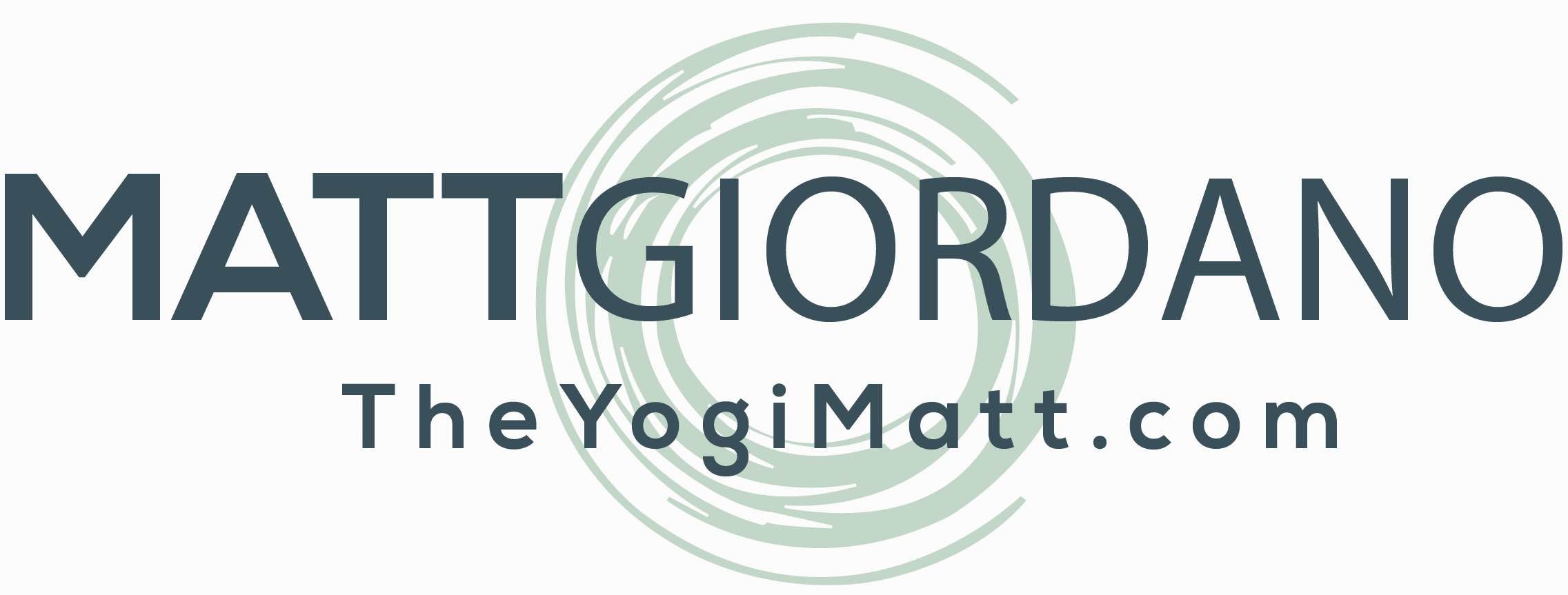
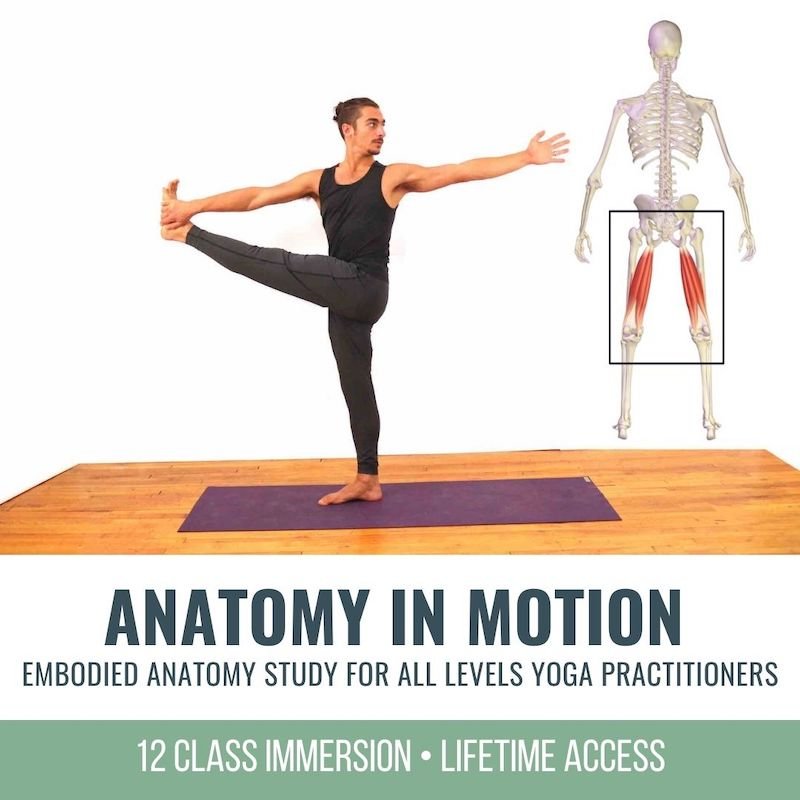
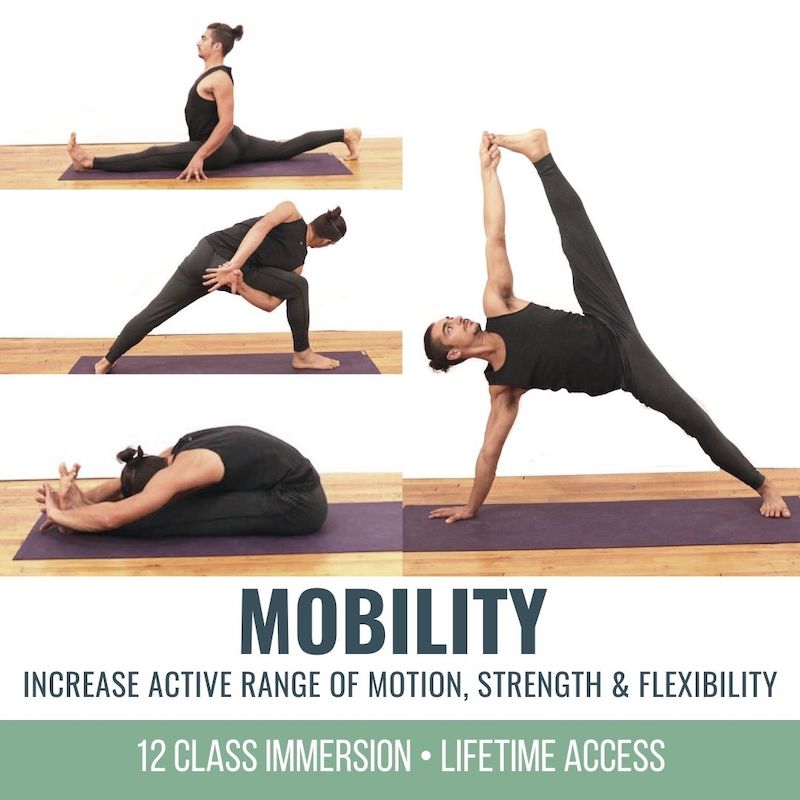


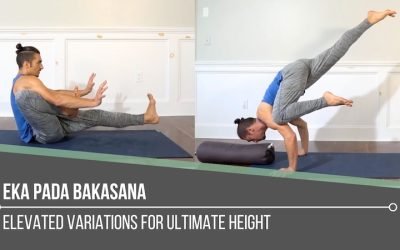
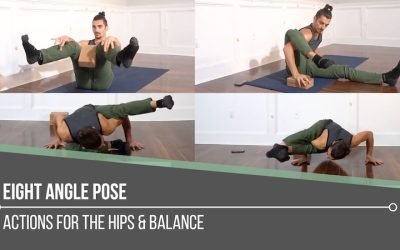
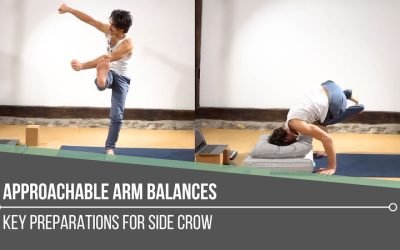
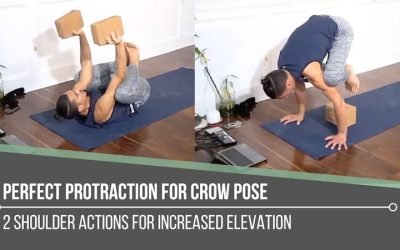
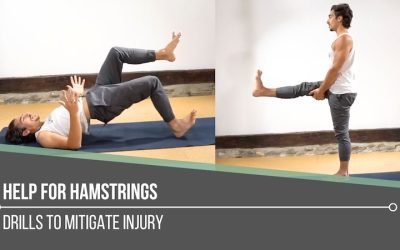
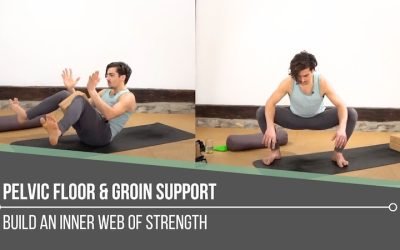


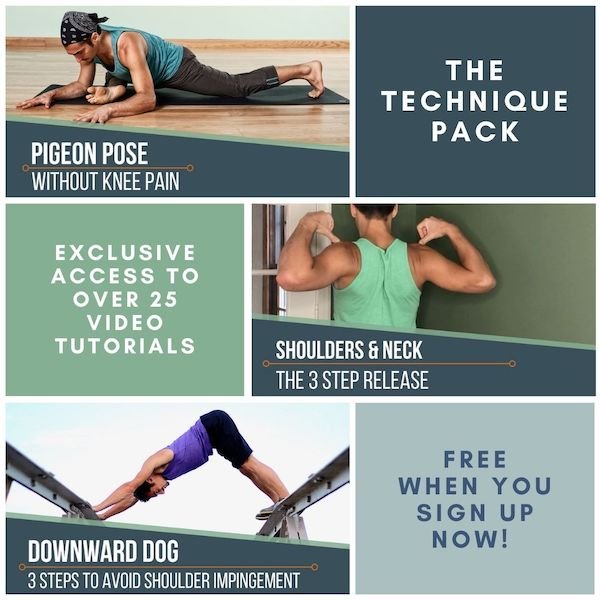
1 Comment
Trackbacks/Pingbacks